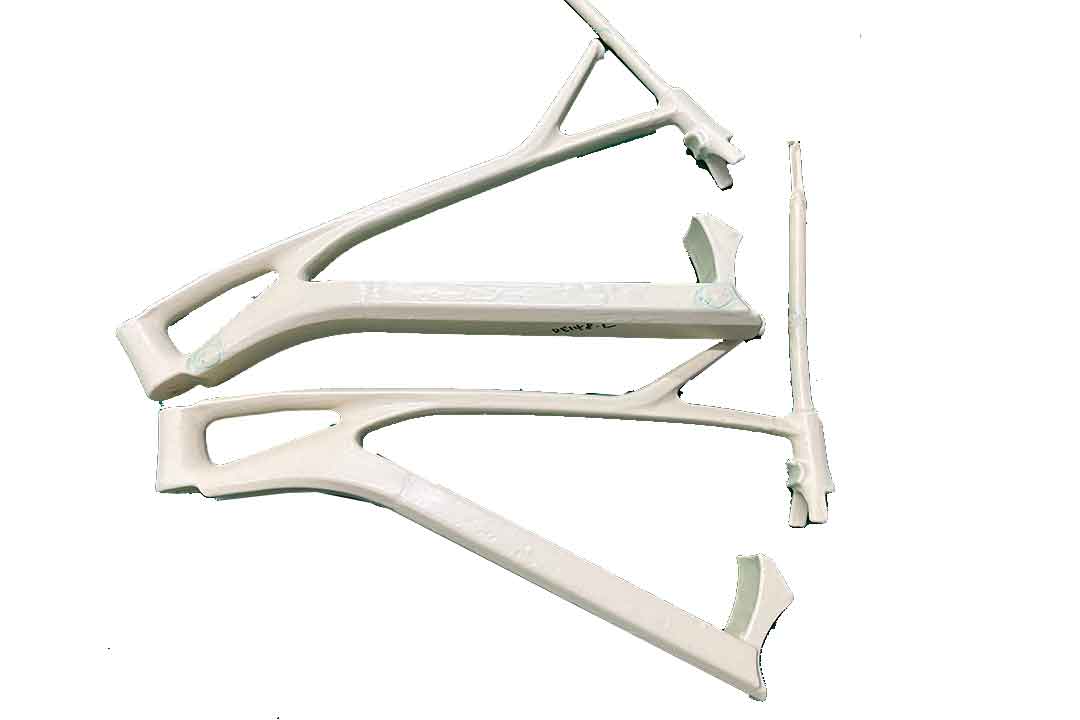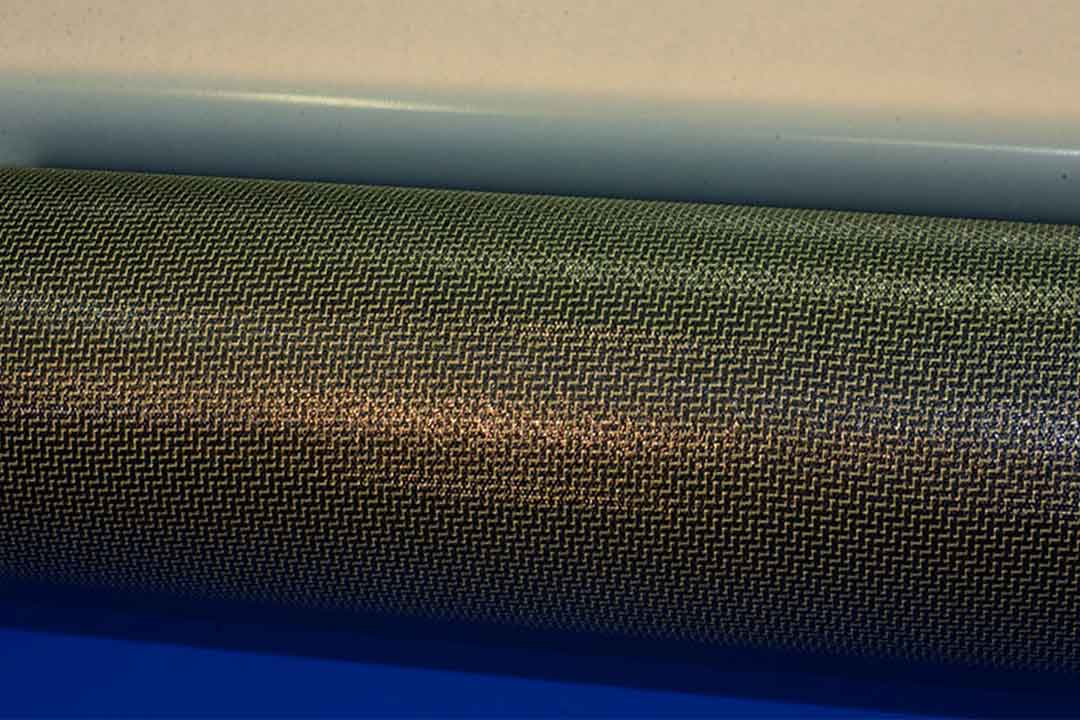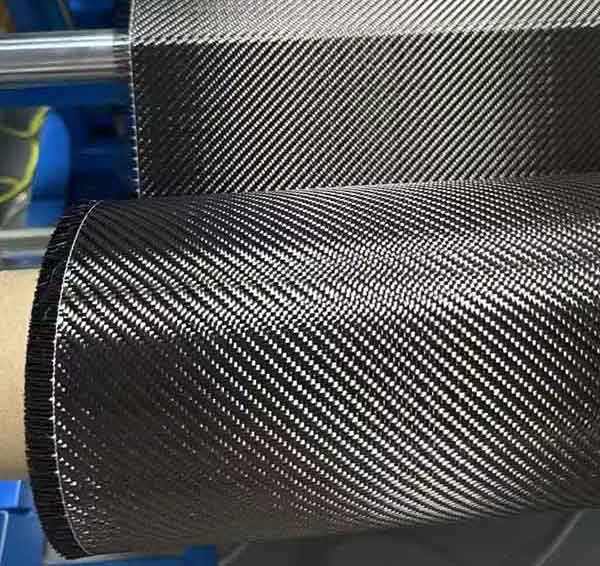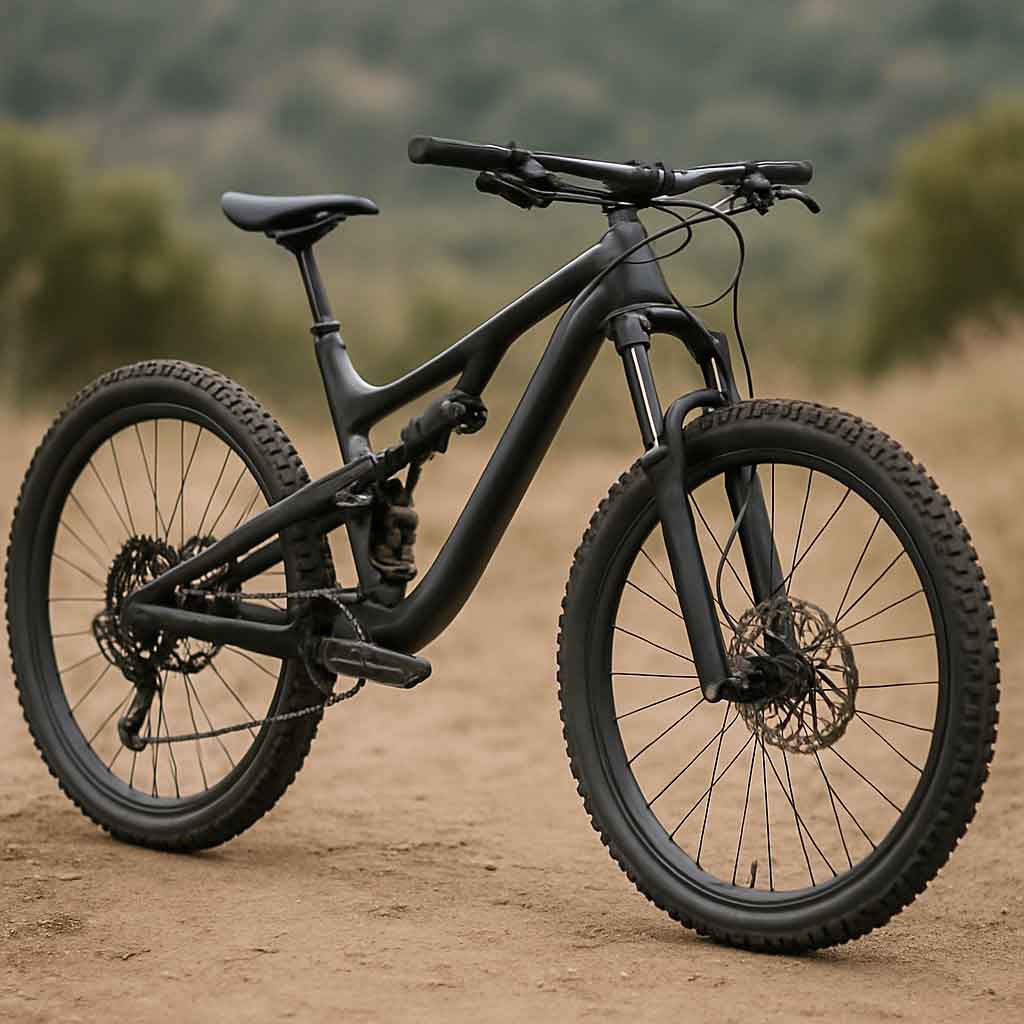Welcome to Mondince Bike - A well-known factory specialized in produce carbon bike frame and other parts since 2007.
Comparing Rigid vs. Suspension Gravel Forks
Gravel biking is a blend of road cycling and mountain biking, requiring components that can handle both smooth asphalt and rough trails. The fork is a critical component in this mix, providing the necessary balance between comfort, control, and efficiency. Understanding the nuances of gravel forks can greatly enhance your riding experience.
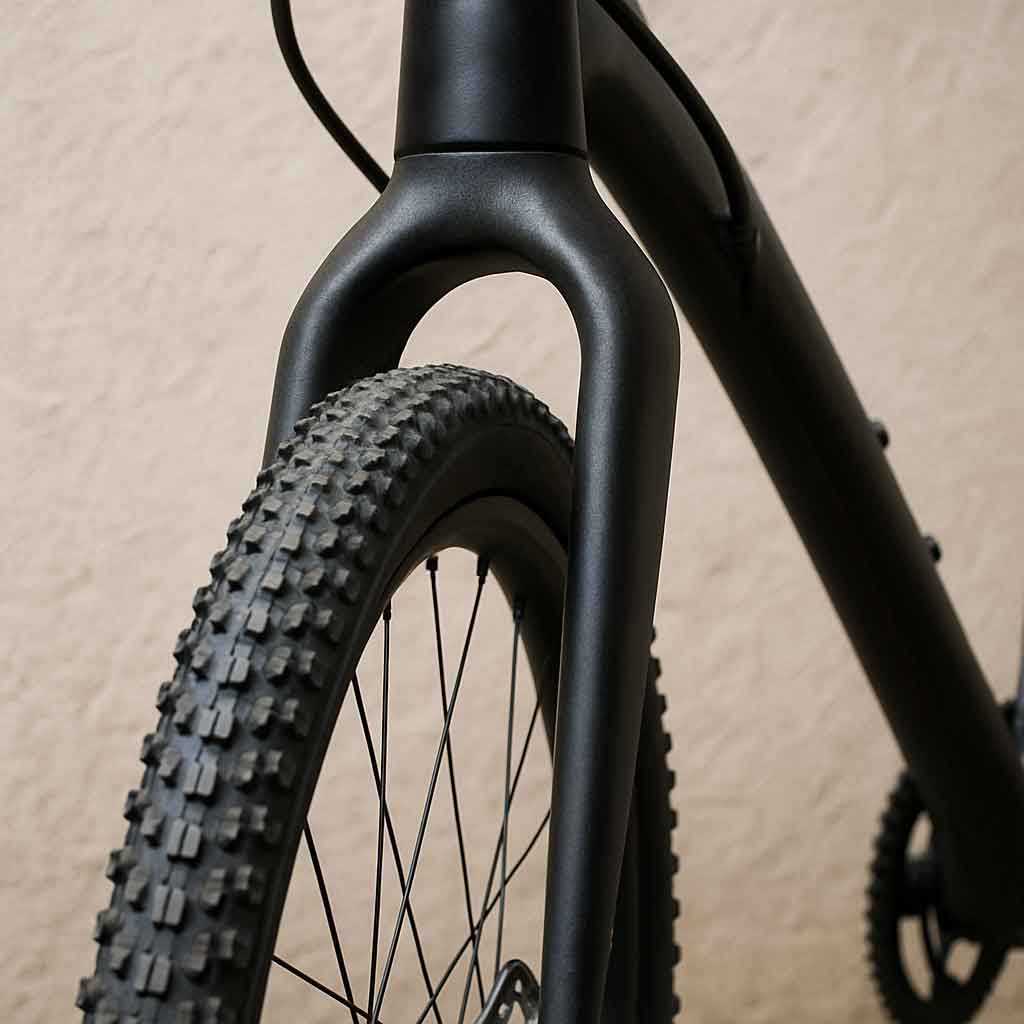
A gravel fork is an essential component of a gravel bike designed to absorb shocks and provide stability on varied terrains. Gravel biking typically involves a mix of road and off-road conditions, requiring a versatile fork that can handle both smooth and rough surfaces. The design of a gravel fork focuses on maintaining rider comfort and bike control, especially on unpredictable terrain. The fork's ability to absorb vibrations and impacts is crucial for long rides, reducing fatigue and enhancing performance. Moreover, gravel forks are engineered to support various tire sizes, allowing riders to customize their bikes for different conditions.
Types of Gravel Forks
Gravel forks come in different configurations, each suited to specific riding needs and preferences. The two primary types are rigid and suspension forks, each offering unique benefits and drawbacks. Rigid forks are straightforward, with no moving parts, emphasizing simplicity and direct road feel. On the other hand, suspension forks incorporate shock-absorbing elements to cushion impacts from rough terrains, enhancing comfort and control. The choice between these forks often depends on the rider's priorities, such as weight, maintenance, cost, and terrain adaptability. Understanding these types allows riders to make informed decisions based on their specific cycling goals.
Key Features of Gravel Forks
The features of gravel forks are designed to optimize performance across diverse terrains. Key features include material composition, weight, and compatibility with various wheel sizes and braking systems. Materials like carbon fiber and aluminum are popular due to their lightweight and durable properties. Some forks also offer mounts for accessories, enhancing their versatility for bikepacking and touring. Additionally, the geometry of the fork affects handling and stability, with different designs offering varied levels of responsiveness and comfort. Recognizing these features aids riders in selecting a fork that aligns with their riding style and performance expectations.
Rigid Gravel Forks
Rigid forks are often favored by traditionalists and those who value simplicity in their biking setup. Their design, without any moving parts, makes them a low-maintenance and lightweight option for gravel bikers who prioritize speed and efficiency.
Advantages of Rigid Forks
Rigid forks offer several benefits that appeal to a specific segment of gravel bikers. The most notable advantage is their lightweight nature, which enhances acceleration and climbing efficiency. This feature is particularly attractive for competitive riders or those who enjoy long-distance endurance rides where speed and energy conservation are crucial. Additionally, the absence of moving parts translates to less maintenance, reducing the time and cost associated with fork upkeep. This simplicity makes rigid forks a practical choice for riders who prefer a no-fuss approach to bike maintenance.
Material Considerations
The materials used in rigid forks significantly impact their performance and feel. Carbon fiber is a popular choice due to its superior strength-to-weight ratio, offering a lightweight yet robust option that dampens vibrations effectively. Aluminum, while slightly heavier, is known for its durability and affordability, making it an excellent choice for budget-conscious riders. Each material provides a distinct ride quality, with carbon offering a smoother experience and aluminum providing a more direct connection to the terrain. Choosing the right material is essential for aligning the fork with your riding style and terrain preferences.
Riding Experience with Rigid Forks
Riding with a rigid fork provides a unique experience characterized by direct feedback from the terrain. This directness can be both an advantage and a disadvantage, depending on the rider's preferences and the terrain. On smooth surfaces, rigid forks excel, offering a fast and responsive ride. However, on rough trails, the lack of shock absorption can lead to increased vibrations, potentially causing discomfort over long distances. Despite this, many riders appreciate the challenge and skill required to navigate technical terrain with a rigid fork, finding satisfaction in mastering their bike-handling abilities.
Suspension Gravel Forks
Suspension forks bring a different dimension to gravel biking, emphasizing comfort and control over rough and uneven terrains. These forks are equipped with shock absorbers that make challenging trails more manageable and enjoyable.
Benefits of Suspension Forks
Suspension forks are renowned for their ability to absorb shocks and vibrations, providing a smoother ride on rugged terrain. This capability is particularly beneficial for riders who frequently encounter rocky paths or uneven trails, as it reduces fatigue and enhances comfort. The improved control that suspension forks offer is another significant advantage, as it allows riders to maintain better traction and stability on technical routes. This increased confidence can lead to more adventurous rides, encouraging bikers to explore new and challenging terrains without the worry of discomfort or loss of control.
Technology and Adjustability
Modern suspension forks incorporate advanced technologies that allow for customization to suit individual riding preferences. Features such as adjustable damping and lockout systems enable riders to fine-tune the fork's response to different terrains. This adjustability ensures optimal performance, whether on smooth roads or rocky trails. The ability to lock out the suspension for climbing or sprinting on flat surfaces adds to the versatility of these forks, making them an attractive choice for riders who encounter varied conditions. Understanding these technological aspects can help riders maximize the benefits of their suspension forks.
Maintenance and Durability
While suspension forks offer numerous benefits, they require regular maintenance to function effectively. The moving parts, including seals and dampers, need periodic servicing to prevent wear and maintain performance. This upkeep ensures the fork's longevity and reliability but can be a deterrent for riders seeking a low-maintenance setup. However, investing time in proper maintenance can significantly enhance the fork's durability, providing a long-lasting and dependable component for your bike. For those willing to commit to regular care, the rewards of a well-maintained suspension fork are evident in the enhanced ride quality and comfort it delivers.
Advantages and Disadvantages
Choosing between a rigid and suspension fork involves weighing the pros and cons of each type. Understanding these factors helps clarify which fork aligns best with your cycling goals and terrain preferences.
Rigid Forks
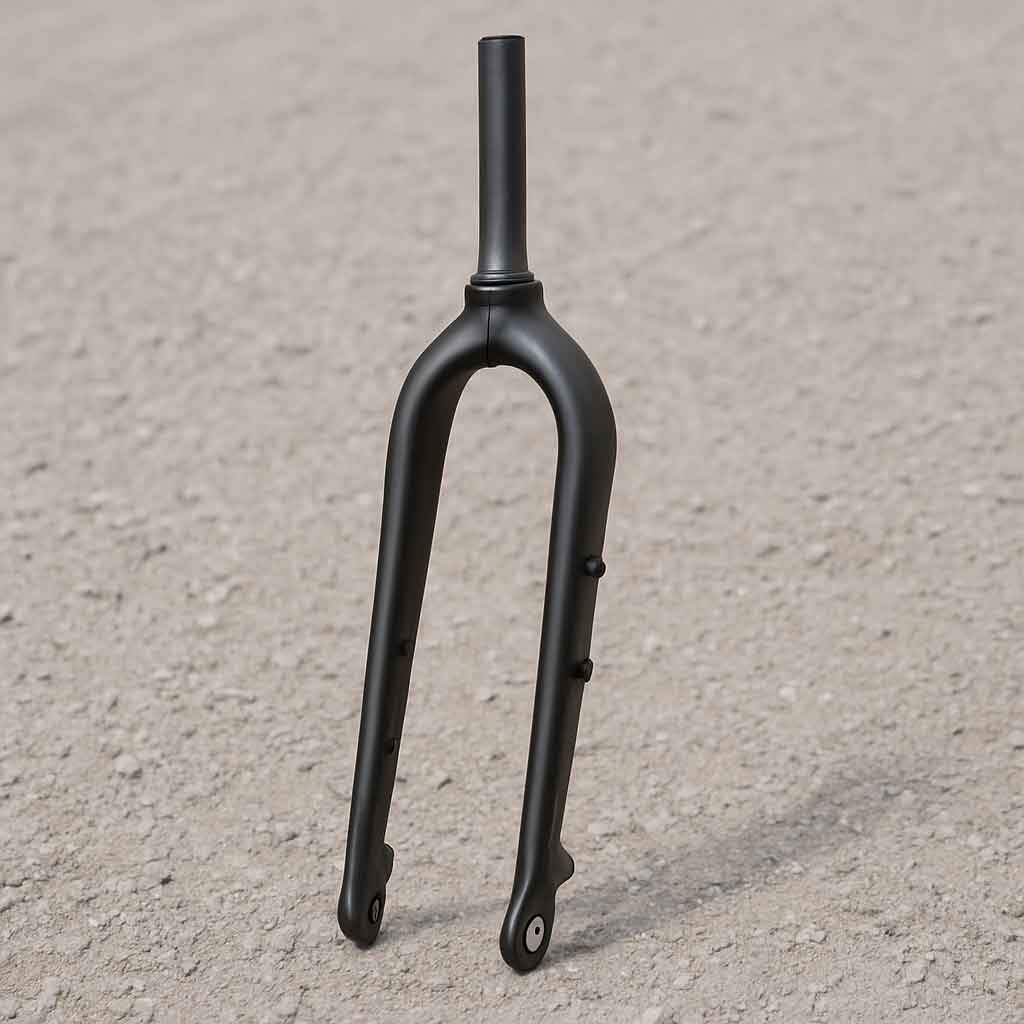
Pros:
- Lightweight: Rigid forks are generally lighter than suspension forks, which can be an advantage for riders who prioritize speed and efficiency. This reduced weight is crucial for competitive cyclists and those embarking on long-distance tours, where every gram counts.
- Low Maintenance: With no moving parts, rigid forks require less upkeep, making them a hassle-free option. This simplicity appeals to riders who prefer to spend more time on the trails rather than in the workshop.
- Cost-Effective: Typically, rigid forks are less expensive than their suspension counterparts, offering a budget-friendly option for cyclists looking to upgrade their bikes without breaking the bank.
Cons:
- Less Comfort: Rigid forks do not absorb shocks as well as suspension forks, which can lead to a less comfortable ride on rough surfaces. This discomfort can become apparent on long rides over uneven terrain, potentially leading to fatigue.
- Limited Terrain Adaptability: They are best suited for smoother trails and roads, making them less versatile for mixed terrains. Riders who frequently encounter varying conditions may find rigid forks limiting in terms of terrain adaptability.
Suspension Forks

by Martín G (https://unsplash.com/@nereno)
Pros:
- Increased Comfort: Suspension forks absorb shocks from uneven terrain, providing a smoother ride. This comfort is especially valuable on long rides, reducing the physical strain on the rider.
- Better Control: They offer improved handling and control, especially on technical trails. This advantage allows riders to tackle challenging routes with greater confidence and precision.
- Versatility: Suitable for a wider range of terrains, from smooth roads to rugged trails. This adaptability makes suspension forks an excellent choice for riders who enjoy exploring diverse landscapes.
Cons:
- Heavier: Suspension forks add weight to the bike, which might be a concern for those who prioritize speed. The added mass can affect acceleration and climbing efficiency, particularly for competitive cyclists.
- Higher Maintenance: The moving parts require regular maintenance to function properly. This upkeep can be time-consuming and may involve additional costs for servicing and parts replacement.
- Higher Cost: Generally more expensive than rigid forks. This investment may be justified for riders who value the comfort and control offered by suspension forks, but it can be a barrier for budget-conscious cyclists.
Choosing the Right Fork for You
Selecting the right gravel fork involves considering your personal preferences, riding style, and the types of terrain you most frequently encounter. This decision requires a careful evaluation of several factors to ensure your choice enhances your cycling experience.
Consider Your Riding Style
Your personal riding style is one of the most important factors to consider when choosing between a rigid and a suspension gravel fork. If you enjoy fast, efficient rides primarily on smooth roads or well-maintained trails, a rigid fork might be your best bet. The lightweight and responsive nature of rigid forks cater to speed enthusiasts and those who prioritize direct road feedback. However, if you frequently tackle rough, technical terrain and prioritize comfort and control, a suspension fork could be more suitable. The shock absorption and improved handling offered by suspension forks make them ideal for adventurous riders seeking to explore challenging routes.
Evaluate Your Terrain
Consider the type of terrain you most often encounter on your rides. If you stick to pavement and well-groomed paths, a rigid fork will likely meet your needs. The simplicity and efficiency of rigid forks are well-suited for predictable and smooth surfaces. Conversely, if you venture onto rocky, uneven trails, a suspension fork will enhance your riding experience by smoothing out the bumps. This adaptability allows for a more enjoyable ride, minimizing fatigue and maximizing control on difficult terrains.
Budget Considerations
Budget is another critical factor. Rigid forks are typically more affordable, making them a great choice for budget-conscious riders. Their cost-effectiveness allows cyclists to allocate resources to other bike components or gear. However, if your budget allows, the added comfort and versatility of a suspension fork might be worth the investment. The long-term benefits of reduced fatigue and increased terrain adaptability can justify the higher initial expense for those who prioritize these features.
Popular Gravel Fork Options
Exploring popular gravel fork options provides insight into the features and benefits of different models, helping you make an informed decision based on your cycling needs.
Rigid Gravel Forks
- Carbon Gravel Fork: Known for its lightweight and strong construction, a carbon gravel fork is a popular choice among rigid fork enthusiasts. Its ability to dampen vibrations makes it ideal for long-distance rides on smooth surfaces.
- Aluminum Gravel Fork: Offers durability and affordability, making it a great entry-level option. Aluminum forks provide a robust ride experience, suitable for cyclists looking for a balance between performance and cost.
Suspension Gravel Forks
- Best Gravel Suspension Fork: Look for forks with adjustable settings to tailor the suspension to your riding preferences. These features enhance the fork's versatility, allowing for optimal performance across various terrains.
- Road Bike Suspension Fork: Designed for those who split their time between road and gravel, offering a balance of comfort and efficiency. This hybrid approach caters to cyclists seeking a versatile solution for diverse riding conditions.
Conclusion
In the end, the choice between a rigid and suspension gravel fork boils down to personal preference, riding style, and the types of terrain you most often encounter. By considering these factors, you can make an informed decision and select the fork that best suits your gravel biking needs. Whether you opt for the simplicity of a rigid fork or the comfort of a suspension fork, both options have their merits and can enhance your riding experience in different ways. Remember to assess your priorities, evaluate your typical riding conditions, and consider your budget to find the perfect fork for your adventures on the gravel.
By understanding the key differences and evaluating your specific needs, you can ensure that your gravel bike is equipped with the best fork for your cycling endeavors. Happy riding!



